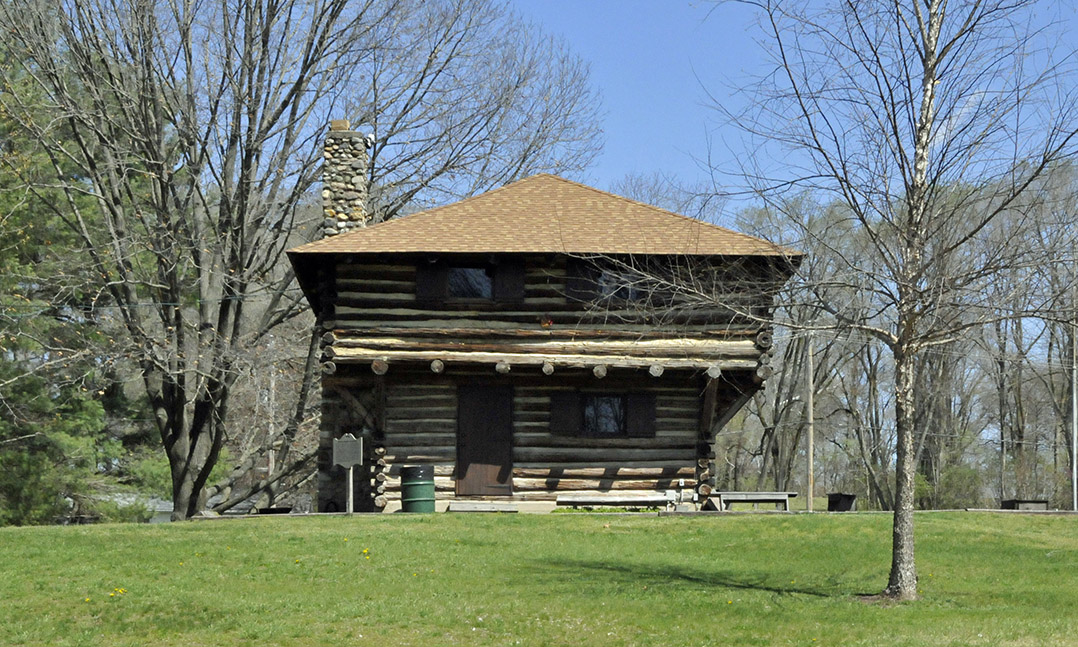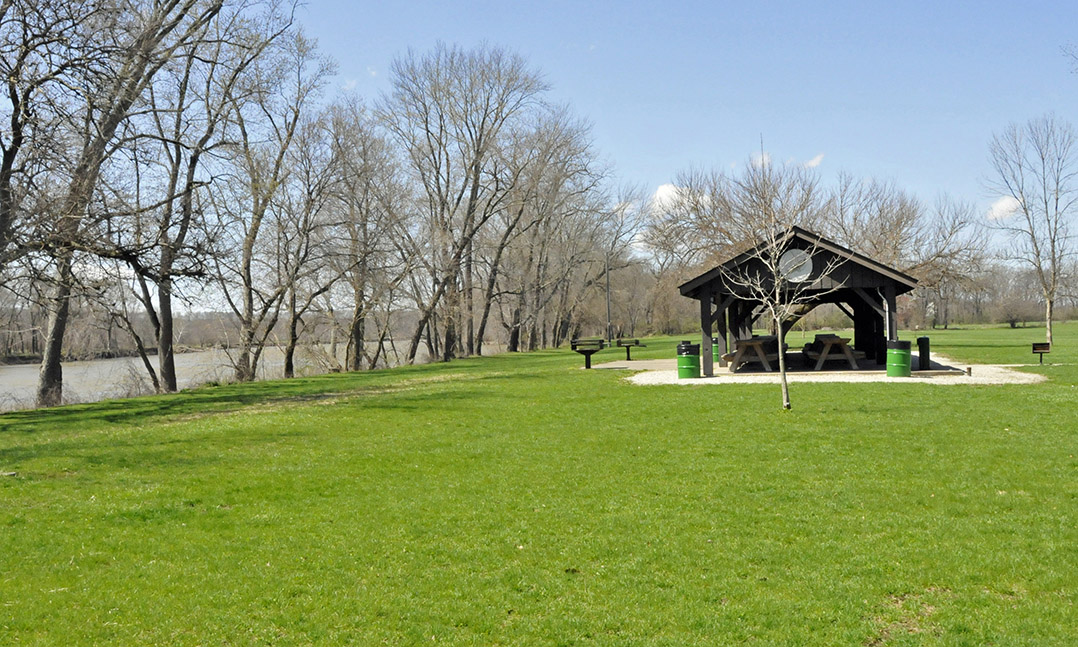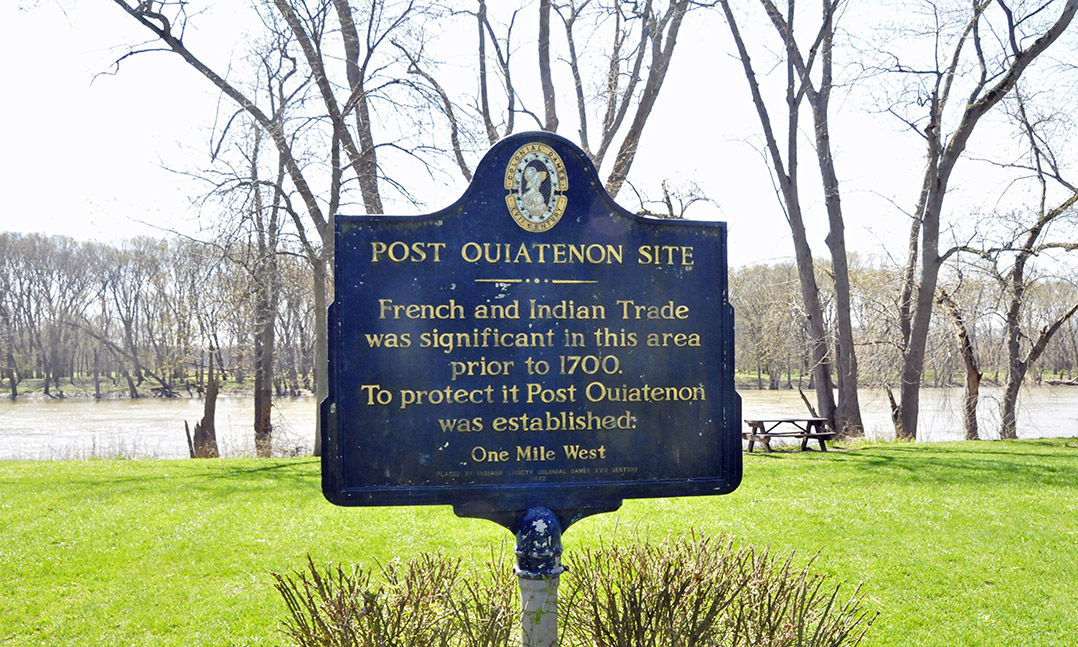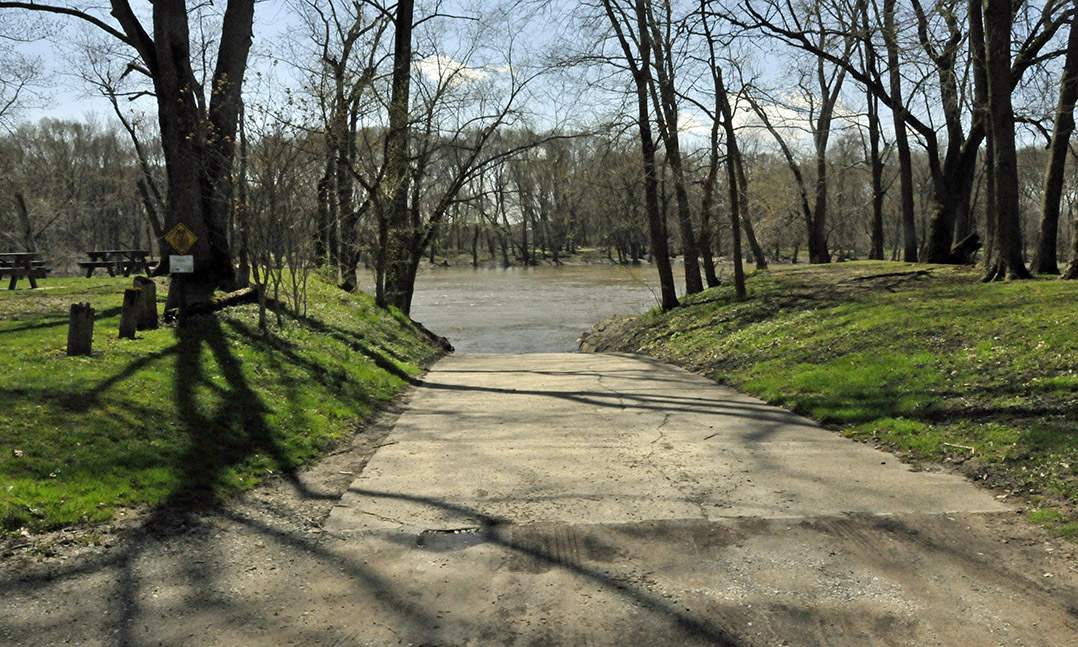Fort Ouiatenon Park in West Lafayette includes a reconstructed fort that is inaccurate in its design and location, but nonetheless remembers an important historical site.
Prior to the arrival of Europeans, Weas, a subtribe of the Miami Nation, established a village along the south bank of the Wabash River 4 miles southwest of what is now West Lafayette. In 1717, the French established a fortification named “Ouiatenon” (Wee ot teh non) across the river from the Weas. The fort became the center of fur trading, and French settlers built homes around the fort, the first European settlement in what is now Indiana.
In 1761, during the French and Indian War, British forces captured Ouiatenon. Two years later, Native American forces organized by Ottawa Chief Pontiac captured Ouiatenon. A 1765 meeting between Native Americans and the British at Ouiatenon resulted in a peace treaty. Weas later used Ouiatenon for organizing attacks against settlers. In 1791, President George Washington ordered the total destruction of Ouiatenon and the Wea village.
In 1909, the Daughters of the American Revolution erected a marker where they believed the French fort had stood. In 1929, Richard Wetherill, a wealthy Lafayette physician, historian and philanthropist, donated the riverfront land that surrounded the marker to the Tippecanoe County Historical Association. In 1930, he financed construction of a wooden blockhouse on the site. The area around the blockhouse, including a boat ramp and pavilions, became Fort Ouiatenon Park. In the late 1960s, archaeologists discovered the actual location of Ouiatenon, about a mile west of the park, which was named a National Historic Landmark in 2021. Historians also determined that Wetherill’s blockhouse is of British rather than French design. Despite these inaccuracies, every early autumn Fort Ouiatenon Park hosts the very popular Feast of the Harvest Moon, reenacting the annual fall gatherings between the French and Weas at Ouiatenon.








